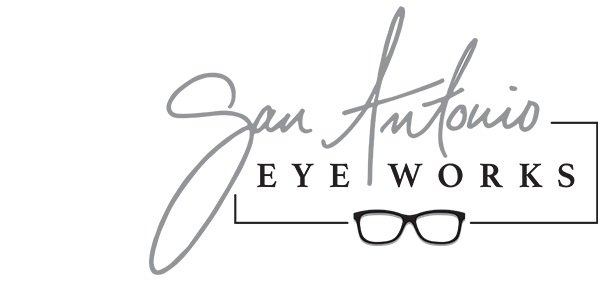MYOPIA MANAGEMENT METHODS
There are four widely-accepted methods of treatment in myopia management. One can consider that low-dose atropine, soft multifocal contact lenses, and orthokeratology are all quite similar in terms of their myopia management efficacy, being around 50% on average. This effectively means that your child will likely still progress under any of these treatments but progression will likely be at half the rate of an average, similarly aged child in a single vision spectacles. The last option of peripheral defocus spectacles/Progressive addition lenses has efficacy of around 33% but new designs are coming soon to improve on the first generation designs.
Combination therapy has been also used in clinical practice on patients exhibiting a strong risk of myopic progression. More studies are ongoing and will be released to determine the benefits of combining two or more types of treatment.
ORTHOKERATOLOGY
These special contact lenses are designed to reshape/mold the cornea overnight to temporarily reduce the corneal power and myopia once they are removed. Ortho-K lenses are only worn overnight and removed in the morning; providing freedom from corrective lenses in the daytime. In theory, the lens design produces peripheral hyperopic defocus in the retina, resulting in less stimulus for elongation of the eye. It is the most popular method of myopia control treatment for school-aged children .
LOW-DOSE ATROPINE DROPS
These drops, instilled once nightly, are used to dilate (open) the pupils and fully relax the focusing power (accommodation) of the eye. Studies have shown its effectiveness in a concentration-dependent response. While varying strengths (1%, 0.5%, 0.1%, 0.05%, 0.025%, and 0.01%) of atropine eye drops all reduced myopic progression, patients/parents must be made aware of the off-label use of these drugs, as well as all possible side effects, such as light sensitivity and impaired near focus (accommodation) and a rebound effect of increased myopia after cessation of treatment, all of which are heightened with higher concentrations. The eyedrops must be made at specialized compounding pharmacies and the exact mechanism of myopia management through atropine is still yet to be determined (unlike the other methods of treatment)
Our atropine program at San Antonio Eyeworks encompasses close observation of the child throughout the year they are instilling the drops. It is important to make a 1 week, 1 month, 3 month, 6 month, and a 9 month follow up with Dr. Pezeshk in order to ensure your child is not progressing. The drops will be called into a compounding pharmacy which will arrange payment directly with you to streamline the process.
PERIPHERAL DEFOCUS SOFT CONTACT LENSES
This treatment option included early use off-label of multifocal disposable contact lenses that were originally designed for adults with near vision blur. Most recently, Coopervision’s ‘MiSight’ was a daily disposable soft contact lens specifically designed and studied in children for myopia management. These dual-focus, multifocal contact lenses work by presenting the peripheral retina with hyperopic defocus, thus reducing the drive for axial elongation, and reduce myopia by about 50% compared with controls wearing single-focus contact lenses. This outcome is similar to that of orthokeratology and is required to be worn 6 days a week, on average 10 hrs a day to be effective.
WHAT IS THE BEST TREATMENT OPTION FOR MY CHILD?
A comprehensive eye examination is the first step in any myopia management discussion. Dr. Pezeshk will assess the risk factors unique to your child and develop a comprehensive plan and the best treatment method(s) to slow down myopia before it takes hold. Dr. Pezeshk at San Antonio Eyeworks is passionate about myopia control and it’s latest research. For more information, please contact our office today.
WHAT ABOUT PROGRESSIVE MYOPIA IN ADULTS?
While previous research on myopia management has generally shown evidence of stabilization of myopia around age of 15 years, it is more common in clinical practice to note adult patients in their 20s and 30s that still show myopic progression. Continued lifestyle changes and increased visual demands can have a definitive role on progression - examples include: patients with professional degrees or new occupations that require increased hours on digital devices.
While it can be inferred that myopia management treatments used in children can provide similar results in adult patients, visual demands are more challenging and varied which can limit the expectations for the patient. Studies are ongoing to find out more about the effectiveness of myopia management techniques on adults and hope to be shared soon with clinicians.





